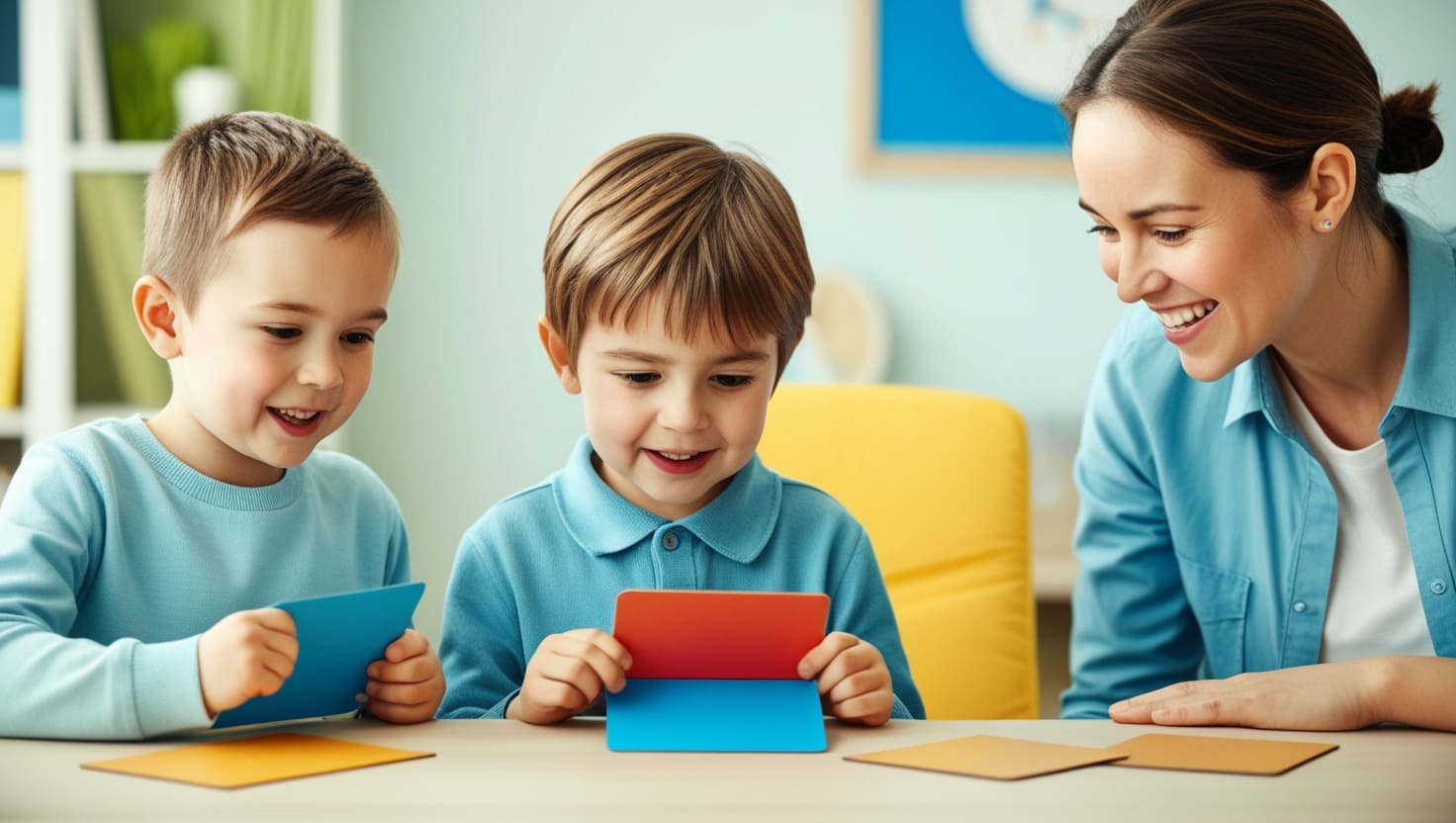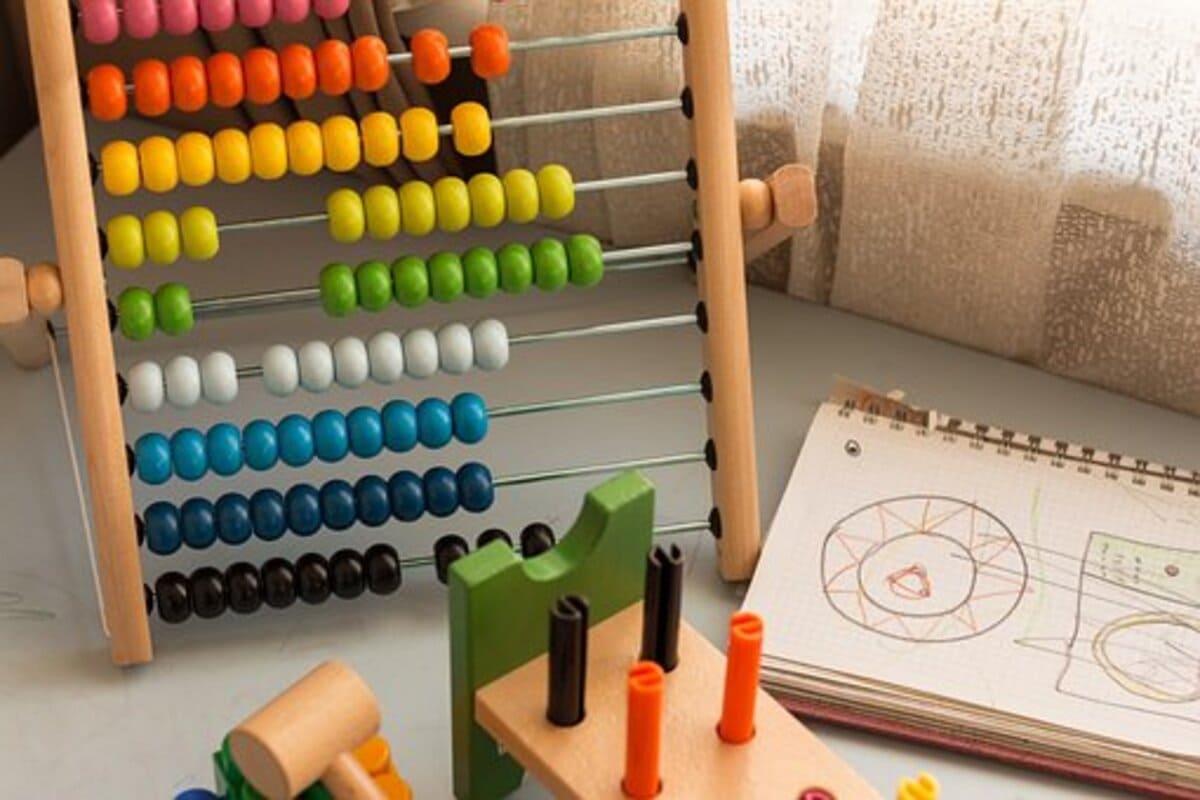Blog
How to Strengthen Your Child’s Visual Memory

Does your child often forget where they placed their toys, or struggle to remember details of what they just saw in a book or a picture? These are common signs that your child’s visual memory might need strengthening. Visual memory refers to the brain’s ability to process, store, and recall visual information—an essential skill for early learning, especially when it comes to reading, writing, spelling, and problem-solving.
A strong visual memory allows children to remember letters, shapes, numbers, and the order of images in a sequence. It plays a vital role in helping them recognize patterns, follow directions, and stay organized. The good news is that visual memory is a skill that can be improved through regular, playful practice.
In this article, we’ll explore five proven and enjoyable ways to strengthen your child’s visual memory using interactive games, drawing activities, observation challenges, and story-based recall. These techniques not only support brain development but also foster deeper parent-child connection through play and learning.
Tip 1: Use Picture Matching Games
One of the most effective ways to boost visual memory in young children is through matching games. These games challenge your child to remember where they’ve seen an image before and to find its match from a group of options. They also build focus, attention to detail, and pattern recognition.
- Classic Memory Card Games: Start with simple memory cards featuring familiar images like animals, numbers, or shapes. Spread the cards face down and take turns flipping over two at a time, trying to find a match. This helps your child develop both short-term and long-term memory skills as they try to remember the position of each card.
- DIY Matching Cards: You can make your own using index cards or print-outs of your child’s favorite objects. Use themes like fruits, cartoon characters, or alphabet letters to make it more engaging.
- Timed Challenges: Once your child gets the hang of it, introduce a short time limit for viewing the cards before flipping them back. This sharpens their recall ability and encourages faster processing of visual cues.
These simple memory games can be played daily and adapted based on your child’s age and skill level, making them a flexible and fun learning tool.
Tip 2: Practice “What’s Missing?” Games
“What’s missing?” activities are excellent for training visual observation and recall. They teach kids to notice details and changes in their environment, which strengthens both memory and focus.
- Tray Game: Place 5–8 small objects on a tray and give your child a minute to study them. Cover the tray and remove one object. Then ask, “What’s missing?” As your child becomes better at the game, increase the number of items or reduce the observation time.
- Scene Observation: Show your child a picture or page from a book filled with visual details (like a park or a classroom). After 30 seconds, hide the image and ask questions such as, “How many children were there?” or “What color was the kite?”
- Daily Object Challenge: Slightly rearrange something in your child’s room or change the placement of items on a shelf. Then ask them what’s different. These simple exercises help improve attention to visual detail.
These games not only enhance memory but also help build the foundation for better problem-solving and reasoning skills.
Tip 3: Encourage Drawing from Memory
Drawing is a creative and effective way to help children visualize and reconstruct mental images, improving their visual recall and spatial awareness.
- Flash Drawing: Show your child a picture for just 10–20 seconds and then hide it. Ask them to draw it from memory. It could be a simple house, a tree, or a smiley face. As they progress, you can use more detailed images.
- Copy and Recall: Let your child look at a pattern, shape, or letter for a short period, then cover it and ask them to recreate it. This helps reinforce visual pathways and improve detail retention.
- Object Sketching: Place a small toy or object on the table, let them study it, then hide it. Ask your child to draw it from memory. Later, compare their drawing to the real object and talk about the similarities and differences.
Drawing from memory helps children refine both their observation skills and mental visualization, crucial for academic tasks like reading comprehension and spelling.
Tip 4: Use Puzzles and Building Activities
Manipulative toys and puzzles are powerful tools to build visual-spatial memory, which helps children remember how things fit together or where they’ve seen something placed.
- Jigsaw Puzzles: Begin with small puzzles (4 to 12 pieces) and gradually increase complexity. Encourage your child to look at the picture on the box first, then try to recreate it from memory. This builds both memory and persistence.
- Pattern Copying with Blocks: Create a simple pattern with colored blocks or LEGOs. Show it to your child for 30 seconds, then dismantle it and ask them to rebuild it from memory. This teaches them to recall sequence, color, and shape.
- Tangram Challenges: Tangrams and shape puzzles require children to remember and recreate complex images. Show them a design made from tangram pieces and see if they can build the same image after a brief viewing.
These activities provide hands-on learning that strengthens brain pathways related to visual recall, pattern analysis, and concentration.
Tip 5: Read and Retell with Visual Prompts
Reading isn’t just about listening—it’s also about visual processing. When children observe illustrations in books and then try to recall them later, they’re actively strengthening their visual memory.
- Picture Storybooks: Read books with vivid, detailed pictures. After each page, close the book and ask your child to describe what they saw. This builds their ability to visualize and retain imagery.
- Story Sequencing Cards: Present images from a short story in the wrong order. Ask your child to arrange them in the correct sequence based on what they remember. This helps with logical thinking and memory organization.
- “What Happened Next?” Game: After showing a picture, ask questions like “What was the boy holding?” or “Where was the ball?” These small quizzes develop observation skills and support verbal expression of what they remember.
Combining language skills with visual prompts makes these activities doubly effective for early learning and school readiness.
Visual memory is a crucial cognitive skill that impacts your child’s academic performance, independence, and confidence. By incorporating games, drawing, puzzles, and storytelling into your child’s daily routine, you create multiple opportunities for them to improve their ability to observe, store, and recall visual information.
The most important thing is to keep the activities playful, consistent, and encouraging. Celebrate your child’s progress, no matter how small, and keep building on their strengths. With time, you’ll see noticeable improvements in their attention to detail, memory retention, and even problem-solving abilities.











